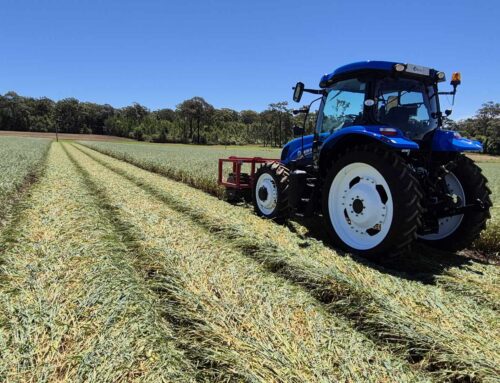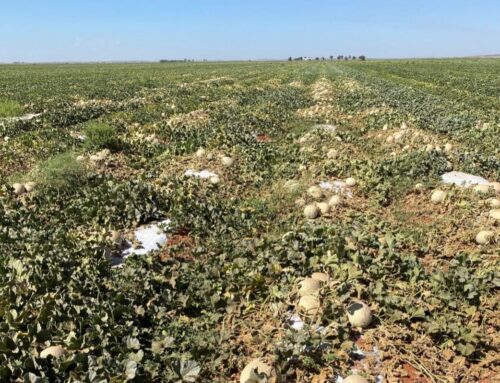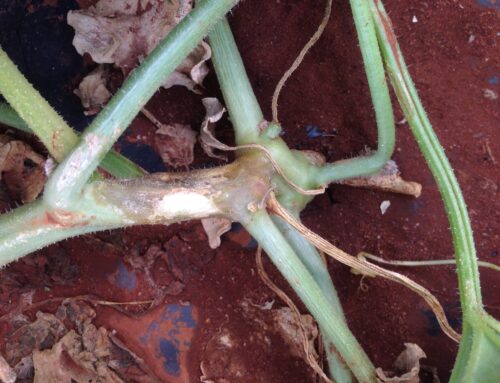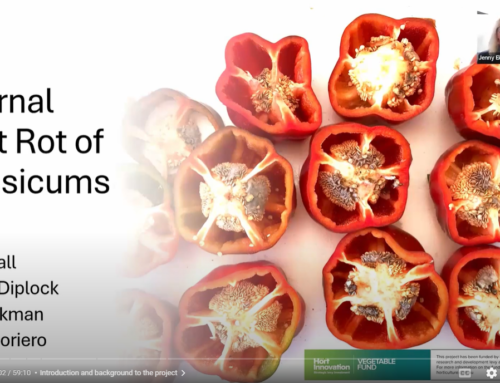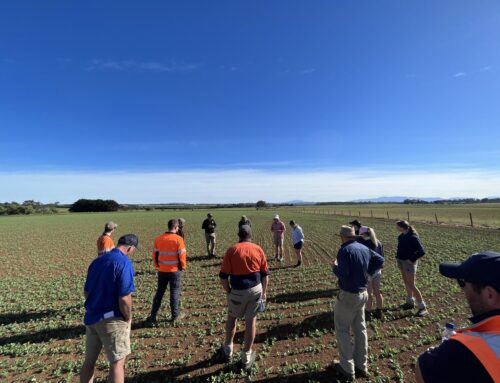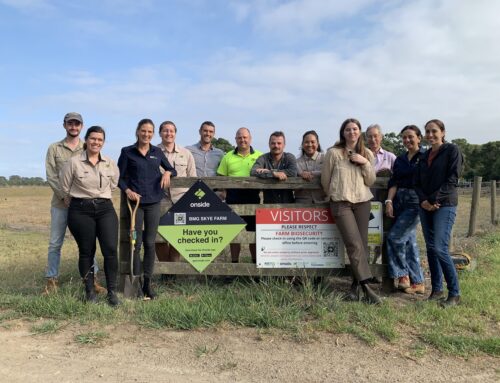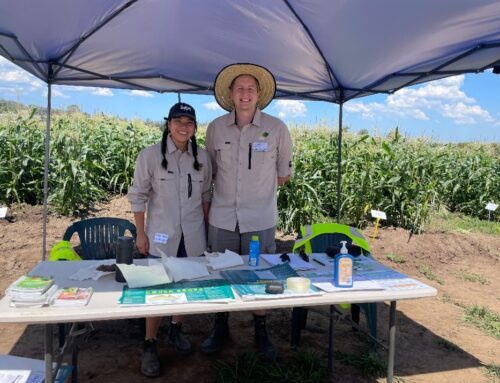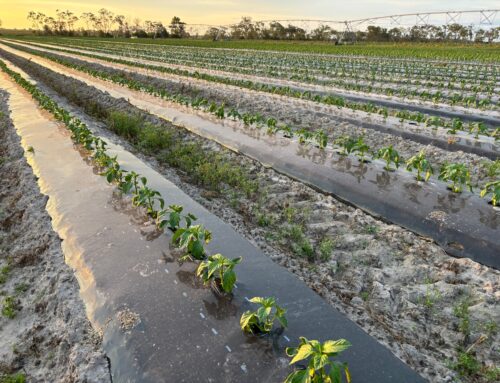Clubroot is a soil-borne disease that causes major damage to brassica crops. It can exist in soils for up to 20 years and is spread by spores carried by the movement of infested water and soil, and infected seedlings.
A combination of warm, wet, and acidic soils provides favourable conditions for development and proliferation. Aboveground symptoms include wilting, stunting or pale discolouration as daily temperature increases. Below ground symptoms include abnormal swelling of the roots, particularly the tap root. The secondary and finer roots become gnarled and stubby or galled.
One of the most effective management strategies involves manipulating soil conditions through improved drainage and maintaining a desired pH range of 7.0-7.51. A proactive integrated management strategy that adopts a combination of crop and soil management practices reduces the disease load in the soil.
Find out more in this fact sheet.


